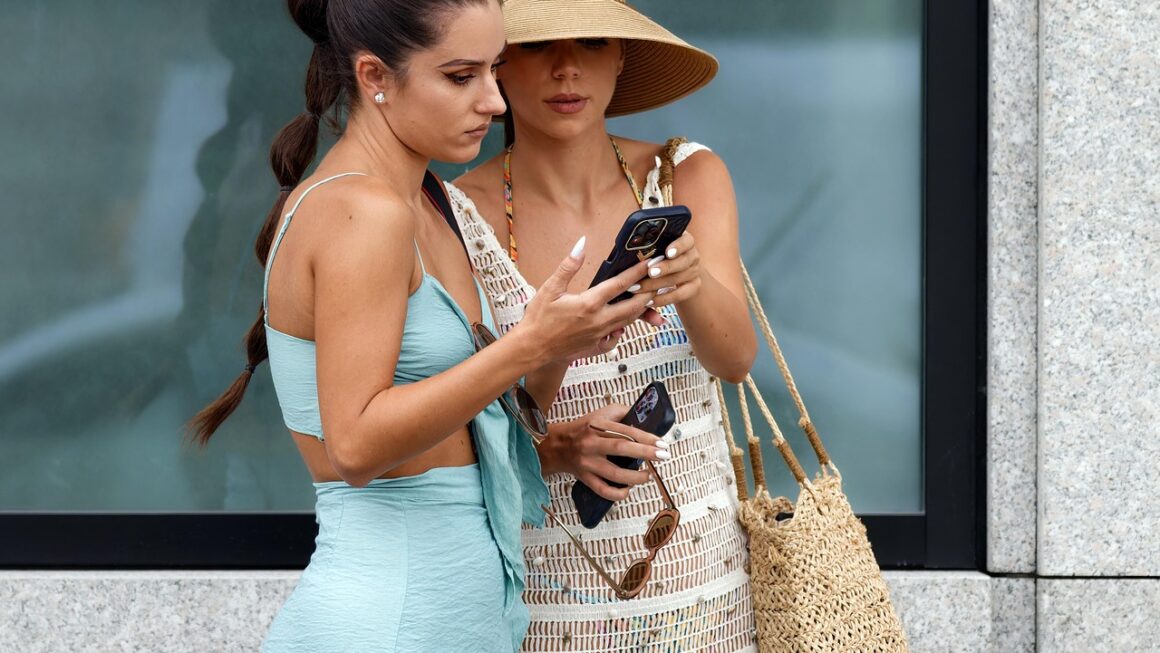Friendships enrich our lives, offering companionship, support, and shared experiences. But a best friend relationship? That’s something truly special. It’s a bond built on trust, mutual respect, and a deep understanding that can weather any storm. This article explores the multifaceted nature of best friend relationships, delving into their defining characteristics, benefits, and how to nurture these precious connections.
What Makes a Best Friend Relationship Different?
Defining Characteristics
A best friend relationship goes beyond casual friendship. It’s characterized by:
- Deep Trust and Vulnerability: You feel comfortable sharing your deepest fears, insecurities, and dreams without fear of judgment.
- Unconditional Support: Best friends are there for each other through thick and thin, offering unwavering support regardless of the circumstances.
- Open and Honest Communication: You can have difficult conversations without damaging the relationship. Honesty, even when painful, is valued above all else.
- Shared Values and Interests: While not always identical, having core values and interests in common strengthens the bond. For example, a shared love for hiking or volunteering can provide opportunities for connection.
- Mutual Respect: Respecting each other’s opinions, boundaries, and personal space is fundamental.
- Example: Imagine Sarah and Emily. They’ve been best friends since childhood. Sarah recently lost her job and felt ashamed to tell anyone. Emily, without hesitation, offered her unwavering support, helping her update her resume, practice interview skills, and reminding her of her strengths. Emily didn’t judge Sarah’s situation; she simply offered a helping hand.
The Importance of Quality Time
While distance might sometimes separate best friends, the quality of the time spent together (whether in person or virtually) is crucial.
- Intentional Connection: Make a conscious effort to schedule time to connect, even if it’s just a quick phone call or video chat.
- Meaningful Activities: Engage in activities that allow for deeper conversations and shared experiences.
- Active Listening: When spending time together, focus on actively listening to your friend and showing genuine interest in their life.
- Example: Liam and Noah live in different cities but make it a point to have a weekly video call where they catch up on each other’s lives and offer support. This intentional connection helps them maintain their strong bond despite the distance.
Benefits of Having a Best Friend
Mental and Emotional Well-being
Studies show that strong social connections, including best friend relationships, have a profound impact on our mental and emotional well-being.
- Reduced Stress and Anxiety: Knowing you have someone to lean on during stressful times can significantly reduce anxiety levels.
- Increased Happiness and Life Satisfaction: Sharing your life with a trusted confidant can boost your overall happiness and life satisfaction. A study published in the Journal of Research in Personality found that people with strong friendships reported higher levels of subjective well-being.
- Improved Self-Esteem: Best friends can provide a sense of belonging and acceptance, which can contribute to higher self-esteem.
Physical Health Benefits
The benefits of best friend relationships extend beyond mental and emotional well-being and can also positively impact physical health.
- Lower Blood Pressure: Research suggests that having strong social connections can lower blood pressure and reduce the risk of heart disease.
- Stronger Immune System: Studies have shown that social support can boost the immune system and make you less susceptible to illness.
- Increased Longevity: People with strong social connections tend to live longer, healthier lives.
- Example: Consider Maria, who struggled with depression. Her best friend, Jessica, encouraged her to seek professional help and provided unwavering support throughout her recovery. Jessica’s presence not only improved Maria’s mental health but also motivated her to adopt healthier lifestyle habits, such as regular exercise and a balanced diet.
Nurturing Your Best Friend Relationship
Communication is Key
Maintaining open and honest communication is crucial for any healthy relationship, especially a best friend relationship.
- Regular Check-Ins: Make it a habit to check in with your best friend regularly, even when things are busy.
- Active Listening: Pay attention to what your friend is saying, both verbally and nonverbally. Show genuine interest and ask clarifying questions.
- Express Gratitude: Let your friend know how much you appreciate them and their friendship.
Navigating Conflict
Disagreements and conflicts are inevitable in any relationship. The key is to address them constructively.
- Approach Conflict with Empathy: Try to understand your friend’s perspective and see things from their point of view.
- Communicate Respectfully: Avoid blaming or criticizing. Instead, focus on expressing your feelings and needs in a calm and respectful manner.
- Find a Resolution Together: Work together to find a solution that addresses both of your concerns.
- Example: Suppose David and Michael have different opinions about a political issue. Instead of getting into a heated argument, they agree to disagree and focus on the aspects of their friendship that they both value, such as their shared love for sports and movies.
Maintaining Long-Distance Best Friendships
The Challenges of Distance
Maintaining a best friend relationship when you live far apart can be challenging, but it’s definitely achievable with effort and intention.
- Technological Aids: Utilize technology to stay connected. Video calls, instant messaging, and social media can help bridge the gap.
- Plan Regular Visits: If possible, plan regular visits to see each other in person. Even a short weekend trip can do wonders for strengthening your bond.
- Shared Activities from Afar: Find activities you can enjoy together even when you’re physically apart, such as watching the same movie simultaneously and discussing it afterward, or playing online games together.
Practical Tips for Long-Distance Friendships
- Establish a Routine: Set aside specific times to connect, such as a weekly phone call or a monthly video chat.
- Share Your Daily Life: Keep each other updated on your daily activities and experiences, even the mundane ones.
- Celebrate Special Occasions: Make an effort to celebrate birthdays, holidays, and other special occasions, even if you can’t be together in person. Send a thoughtful gift or plan a virtual celebration.
- Example:* Lisa and Jen have been best friends since high school. Lisa moved to another country for work, but they maintain their close bond by having a weekly video call where they share their highs and lows and support each other’s goals. They also plan annual trips to visit each other, making sure to prioritize their friendship despite the distance.
Conclusion
Best friend relationships are invaluable treasures that enrich our lives in countless ways. They provide companionship, support, and a sense of belonging. By understanding the defining characteristics of these relationships, appreciating their benefits, and actively nurturing them, we can cultivate deep and lasting bonds that stand the test of time. So, reach out to your best friend today and let them know how much they mean to you!




